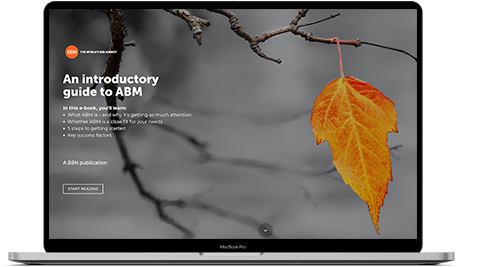Virtually from birth, we all start to learn. After a few short years, we enter the world of formal education, then, armed with what we have been taught, we embark on the journey of work, which for most of us will span some 40+ years. Whether we earn our living on that journey working for someone else or in self-employment, the learning process should never cease.
In the past, that process was relatively easily defined, it was skill, profession or vocationally based. Much of the focus was necessarily ‘on-the-job’, but with the increasing march of technology, which infiltrates all areas of the work environment, the shelf life of skills has and continues to reduce radically. Take for instance the London cabby. The examination to become a London black cab cabby, known as The Knowledge, is possibly the most difficult test in the world — demanding years of study to memorise the labyrinthine city’s 25,000 streets and any business or landmark on them. Almost overnight Uber imperilled this tradition through the smart use of GPS. If you read this article by Judy Rosen it poses a fascinating counterpoint of the importance of traditional skill-based learning and technology being perceived as the go-to solution.
In the marketing communications industry, arguably we have gone through a greater level of grass-roots change, also driven by technology. Over the last five years in particular, as we have progressively moved from being an art to a science-based business, agencies of all sizes and types have struggled with the massive change on-boarding new technologies and the resulting impact on staffing role profiles and demographics.
For the majority of agencies who lack the in-house resources to develop tailored programs that adequately address the needs of an increasingly diverse workforce in terms of both skills and age profile, L&D all too regularly slips into the ‘too hard’ box, usually justified by there being more pressing priorities. What is frightening, is that every manager knows this is a fundamental mistake. We regularly see in company literature and on websites that “people are our greatest asset”? How many companies afford the care and attention those ‘assets’ deserve and invest in their longer-term development? It would appear very few. In the context of L&D, 85% of employees feel they are either not engaged, or actively disengaged at work. (Gallup)







